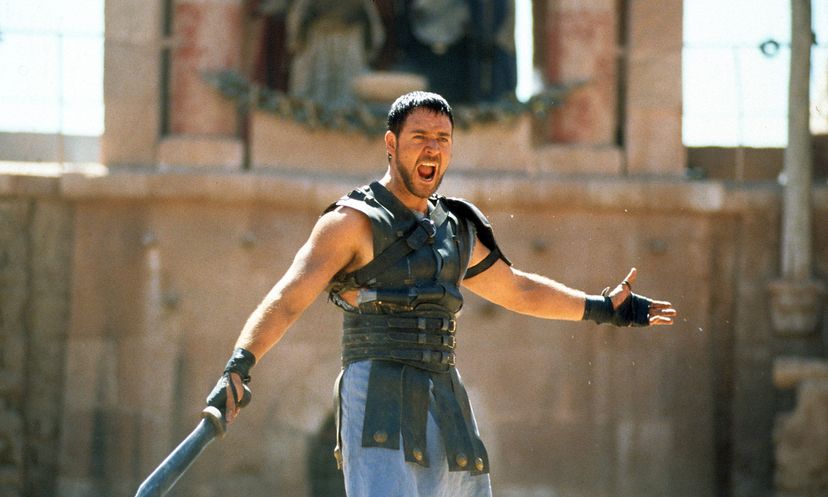
About This Quiz
Did you learn most of your history from the silver screen? If so, you might want to fact-check a few things. Test your real history knowledge by separating the real story from cinema inaccuracies.You'd be wasting your time in the 18th century if you waited around for the moment Salieri tried to poison Mozart. While the plot made for great cinema, most historians agree that the rivalry between the two composers was likely friendly and respectful. If anyone poisoned Mozart, it was likely Mozart himself. Yep, "Amadeus" was dead-on when it came to the alcoholism.
We don't know much about William Shakespeare's life, so on one hand, you don't have to worry about accidentally stealing the inspiration for one of the most famous works in the English language. On the other hand, stay away from striking ladies of dark complexion.
Yes, historical accounts indicate that a squad of 300 Spartans did indeed lead the defense at the Battle of Thermopylae. Of course, the movie follows the common trend of ghosting over the various slaves and Greek soldiers helping them out. All told, the defense may have numbered anywhere between 5,200 and 7,700, depending on which account you go by. Even so, they were still tremendously outnumbered by the invading Persians.
Advertisement
"Gladiator" takes some liberties with history, but Commodus really did meet his end at the hands of a wrestler in the baths. So yes, there's some truth to the scene -- more so than in films like "The Name of the Rose," which, despite its wealth of medieval flavor, depicts the violent death of villain Bernardo Gui, who actually died a few years later in the south of France at the age of 69.
Captain Sir Richard Francis Burton is one of those rare historic figures with whom every detail sounds like fantastic embellishment. In addition to actually sustaining and surviving such a wound from a Somali javelin in 1854, he was also an accomplished explorer, writer, translator, soldier, fencer, lover, spy, diplomat, hypnotist and ethnologist. Some individuals, it seems, are simply larger than history.
While Idi Amin's violent rule was very much a reality, the character of Nicholas Garrigan was only loosely based on Bob Astles, a former British soldier. Astles spent six years in a Ugandan prison before returning to the U.K. in the 1980s.
Advertisement
The film was based on Paul Brickhill's autobiographical account of the famed tunnel escape. However, despite the film version's emphasis on American Capt. Virgil Hilts (played by Steve McQueen), no serving members of the American armed forces were involved in the actual escape. And forget about that motorcycle stunt.
"Apollo 13" is often praised for its historic accuracy. Yet while most of the dialogue between the astronauts and ground control were taken verbatim from transcripts, Swigert's exact words were, "Okay, Houston, we've had a problem here."
There is no historical evidence to suggest that Edward ever instituted the idea of primae noctis.
Advertisement
While "the Company" is one of the more believable aspects of Disney's pirate films, it's a fictionalized version of the British East India Company. In the film, the company even uses a fictional flag and coat of arms.